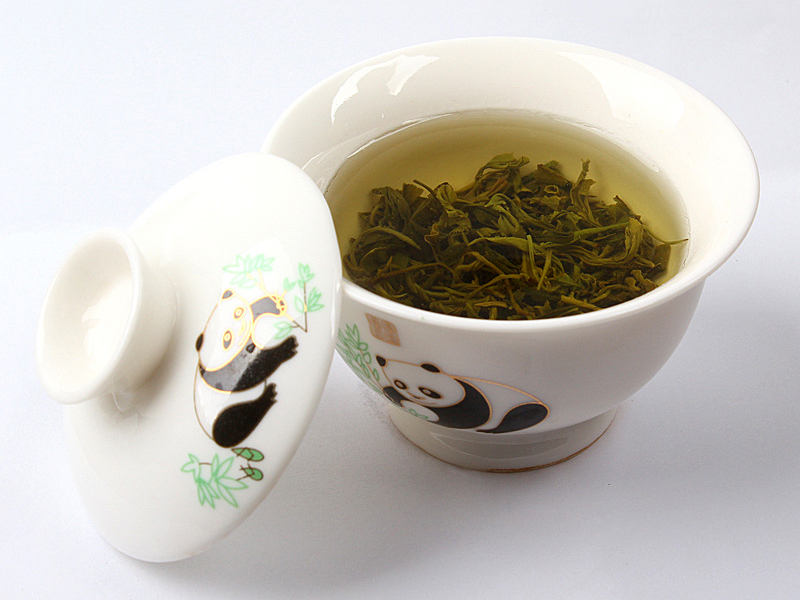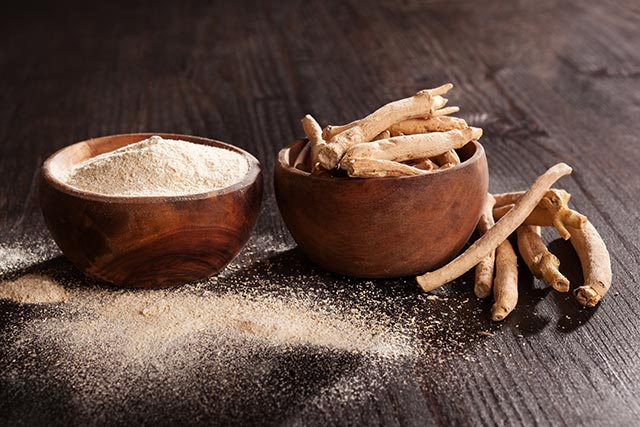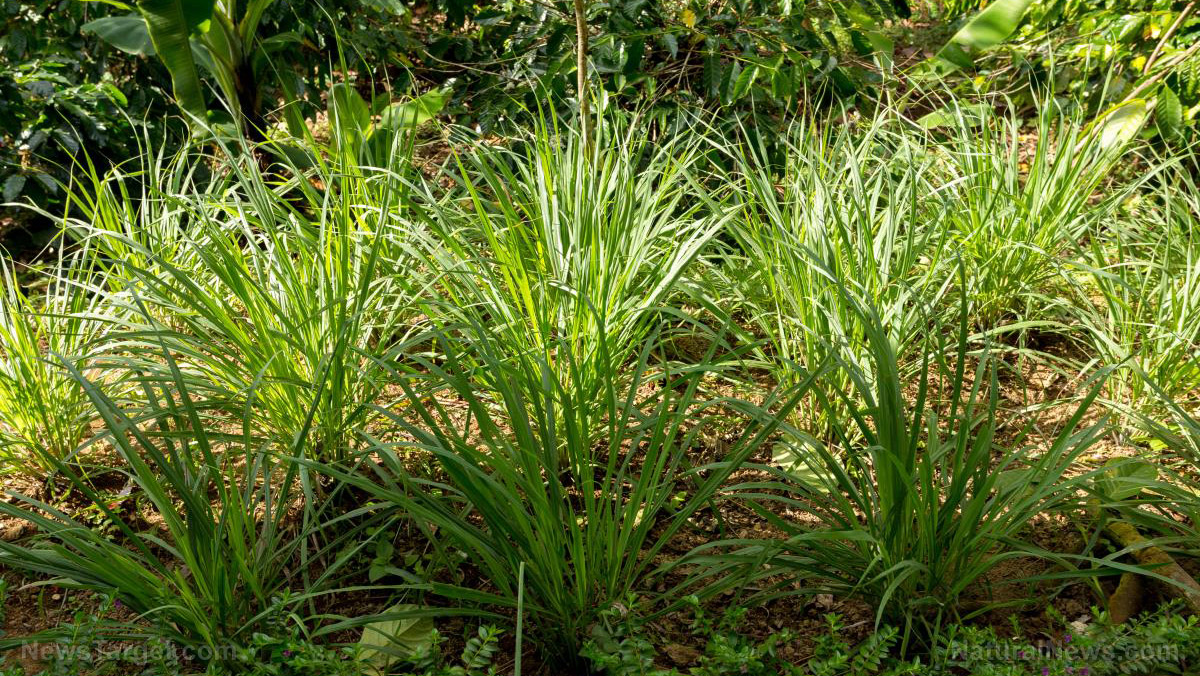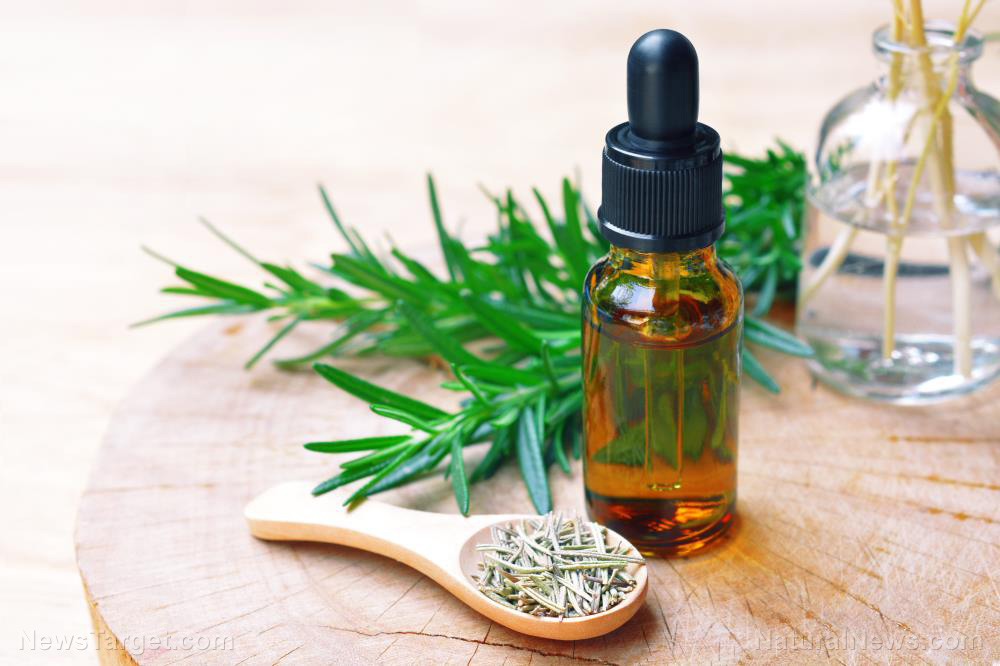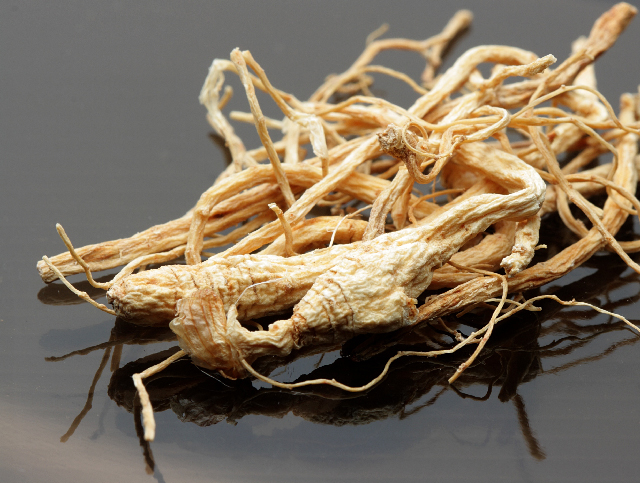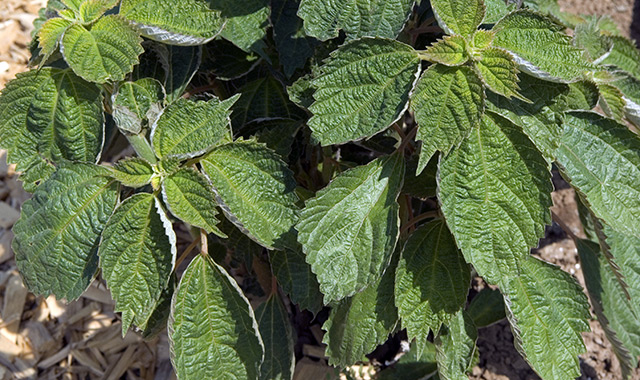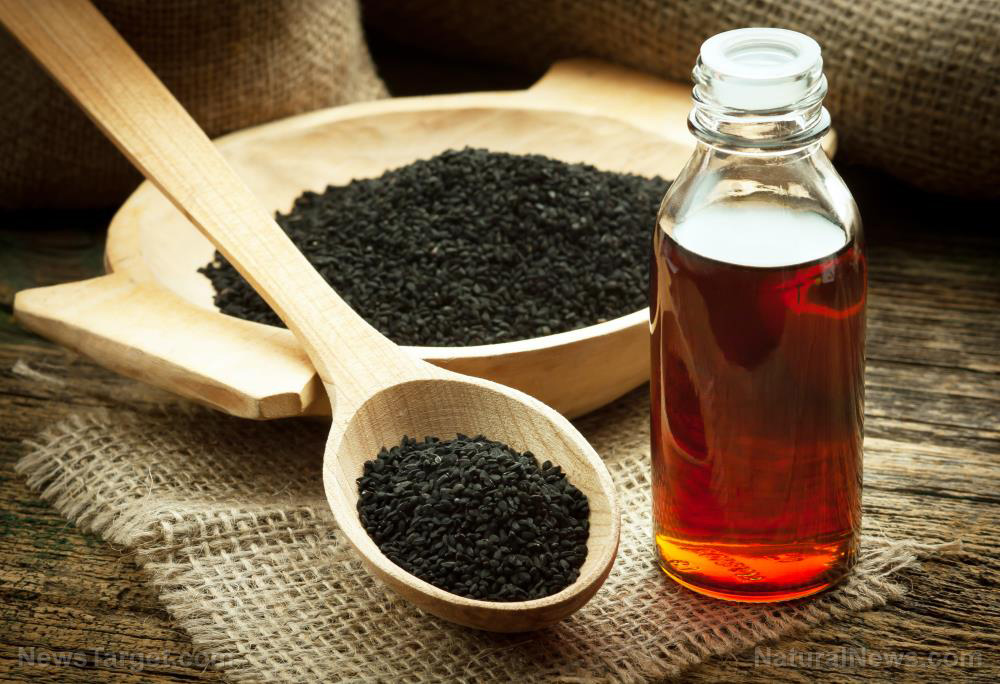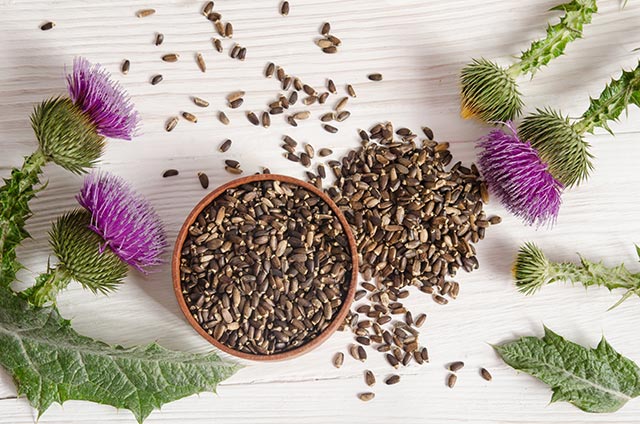A natural source of antioxidants, this humble plant native to the Middle East is effective in treating stress-related disorders
12/24/2018 / By Ellaine Castillo

A study, published in BMC Complementary and Alternative Medicine, reveals that Fagonia olivieri has antioxidant potential that makes it a prospective treatment for acetaminophen-induced liver damage. The group of researchers, who come from Quaid-i-Azam University and Government College Women University Sialkot, evaluated the antioxidant content of the crude methanol extract of the whole plant of F. olivieri using in vivo and in vitro methods.
F. olivieri, which belongs to Zygophyllaceae family, is a commonly used traditional medicine in Pakistan. Previous studies have shown that F. olivieri possesses antibacterial and antifungal activity. Aside from these, it has also been used to treat diseases like diabetes, cancer, fever, and other stress-related disorders. This study aims to show that there is a scientific rationale behind the use of F. olivieri as traditional medicine.
As the body goes through normal metabolic processes, it produces small amounts of free radicals. However, exposure to various factors like radiations, pollutants, toxins, and physical stress can cause these free radicals to increase in concentration and become harmful. This can cause health problems, including liver diseases.
To protect the body against the harmful effects of free radicals, there are substances called antioxidants that act as free radical scavengers. These antioxidants are able to neutralize harmful free radicals, resulting in improved health. Naturally-occurring antioxidants can be found in plants in the form of secondary metabolites, such as phenolic compounds.
In this study, the total phenolic and flavonoid content of the crude methanol extract of whole plant F. olivieri was determined, along with its in vitro antioxidant activity. These were also evaluated for derived fractions, including n-hexane, chloroform, ethyl acetate, n-butanol, and aqueous fractions. Results showed that the aqueous fraction contained the highest amount of phenolic content while the methanol extract had the least. Evaluation of flavonoid content revealed that ethyl acetate had the highest concentration of flavonoids while methanol extract had the least. In addition to these, the in vitro assays for antioxidant activity showed that the free radical scavenging activity of F. olivieri follows a dose-dependent manner.
The researchers were also able to determine what specific phenolic substances were present in the fractions. They discovered that phenolic substances present were gallic acid, caffeic acid, rutin, myricetin, and catechin.
In vivo studies were also conducted to evaluate the antioxidant activity of F. olivieri methanol extract on an animal model. For this study, they made use of male Sprague-Dawley (Ratus novergicus) rats with acetaminophen-induced hepatotoxicity.
From the in vivo studies, it was determined that F. olivieri does not possess toxicity towards the rats even at the highest tested concentration of 4000 mg/kg. They also discovered that acetaminophen-induced changes in the liver were reversed by F. olivieri, following a dose-dependent manner. These changes include reduced percentage of increase in body and liver weight, altered blood parameters, and elevated levels enzymes linked to hepatic injury.
Overall, the results led the authors to conclude that F. olivieri can prevent oxidative stress due to the high concentrations of phenolic and flavonoid compounds, which have been linked to antioxidant activity. Furthermore, its antioxidant potential also gives F. olivieri the ability to treat acetaminophen-induced liver damage. These show that the scientific rationale behind its use as a traditional medicine for stress-related disorders is its antioxidant potential. (Related: Top 10 herbs that improve liver function.)
Other antioxidant-rich foods
Aside from F. olivieri, some foods are also rich in antioxidants. These include:
- Spinach – Lutein and zeaxanthin are two types of antioxidants that are abundant in spinach. These prevent free radicals from damaging the eyes when they are exposed to UV and other harmful wavelengths of light.
- Beets – The pigment responsible for giving beets their characteristic reddish color is an antioxidant, known as betalain. This antioxidant has been linked to lower risk of colon and digestive tract cancer.
- Strawberries – Anthocyanin can be found at high levels in strawberries. This antioxidant has been linked to the red appearance of the strawberry and so brighter strawberries typically contain more anthocyanin. The risk of heart disease is lowered with consumption of anthocyanin since it can lower levels of bad cholesterol and increase good cholesterol.
Learn more about F. olivieri and other plant-based treatments by visiting Cures.news today
Sources include:
Tagged Under: Acetaminophen, alternative medicine, antioxidant, fagonia olivieri, Hepatoprotective, herbal medicine, Herbs, liver damage, liver health, mental, natural cures, natural medicine, Naturopathy, stress reduction, traditional medicine


